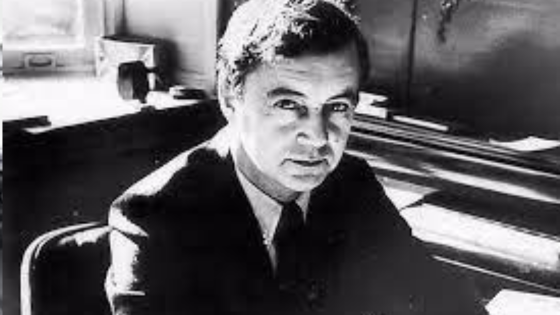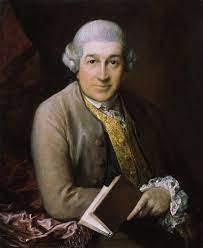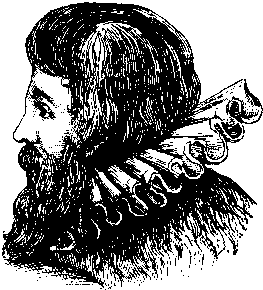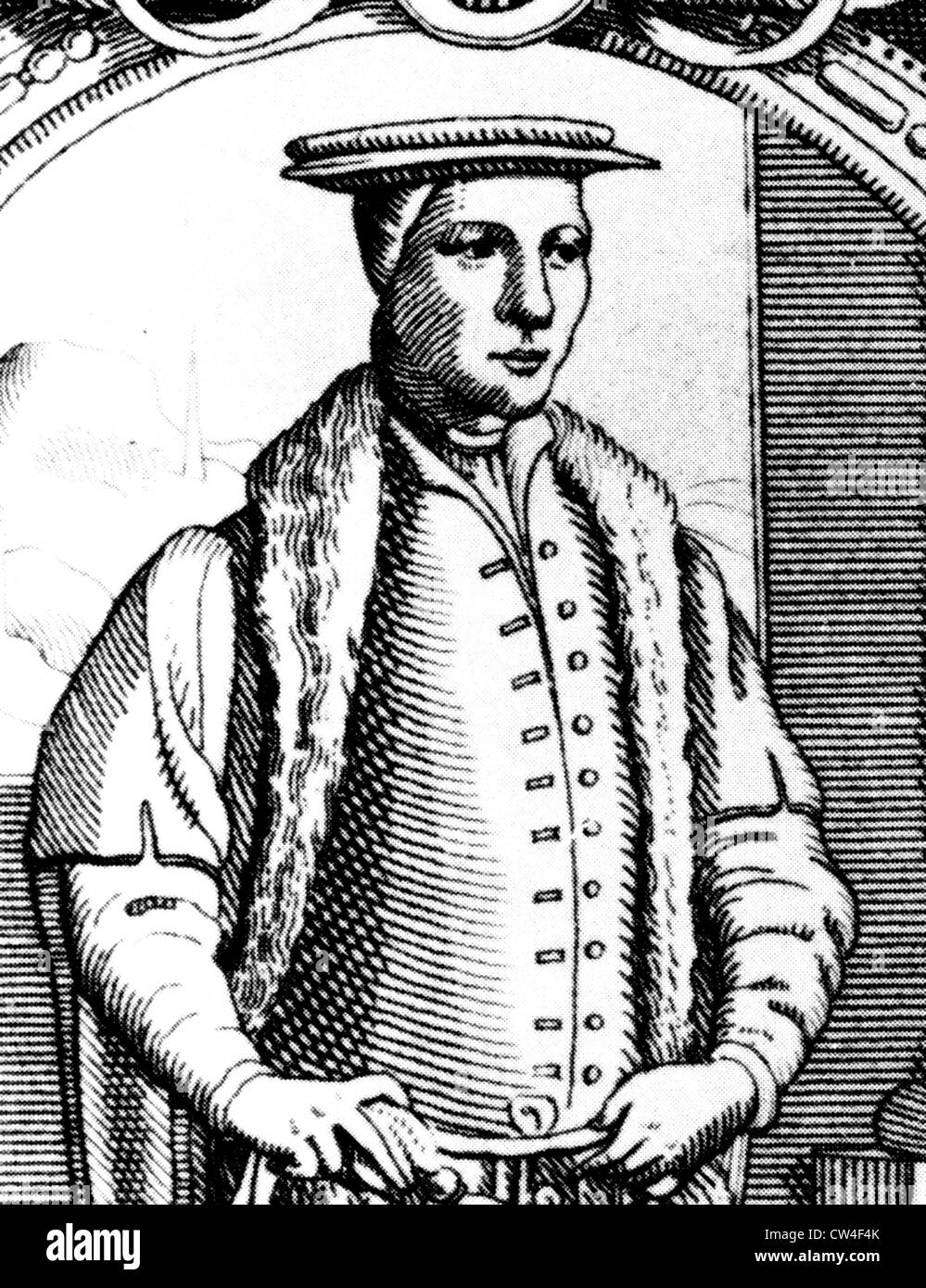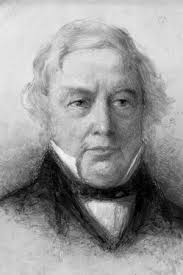Sir Thomas Browne (1605-1682) and his famous works
Sir Thomas Browne (1605-1682) was an English author and physician. He was born in the parish of St Michael, Cheapside, in London. He was sent to school at Winchester College. He graduated from Oxford in January 1627. Then, he studied medicine at the universities of Padua and Montpellier. Browne completed his studies at Leiden, where he received a medical degree in 1633. Browne was knighted in September 1671, when King Charles II, accompanied by the Royal Court, visited Norwich. He was a great scholar and studied science and natural phenomena with great care and diligence. Although he was well-versed in science and had a specific aptitude for the natural sciences, he never set aside the popular matters of interest of his age. He had a taste for miracles and a bright sense of humour.
He is noted particularly for his two great works, Religio Medici and Urn Burial. Religio Medici, meaning the religion of a physician, is a highly original work. It treats religious faith, without any religious bias, and remains singular in its queer mixture of religious devotion and scientific scepticism. Browne’s other work, Hydriotaphia, Urne-Buriall, or A Discourse of the Sepulchral Urns lately found in Norfolk, is commonly considered his masterpiece and contains his reflections on human vanity and mortality. The entire conception of the work, suggested by the discovery of certain Roman burial urns at Walsingham, is quite novel. Browne’s other works include The Garden Cyrus, a quite enjoyable treatise on the quincunx, Pseudodoxia Epidemica, or, Enquiries into Very many received Tenets, and commonly presumed truths (1646), often known as Browne’s Vulgar Errors, an intellectual probe into popular superstition, and Christian Morals, a didactic work on Christian morality. A more minor work of incredible beauty and subtlety, entitled A Letter to a Friend, Upon occasion of the Death of his Intimate Friend, was published posthumously in 1690.
–
Browne’s subjects are pretty serious – philosophical as well as theological – but his treatment never appears dry or colourless. The artist in him is found superior to the thinker in him. The writer in him possesses an admirable prose style, which is, no doubt, ornate but has the cadence of poetry in it. In the making of a felicitous style in English prose, his role is, indeed, immensely significant.
